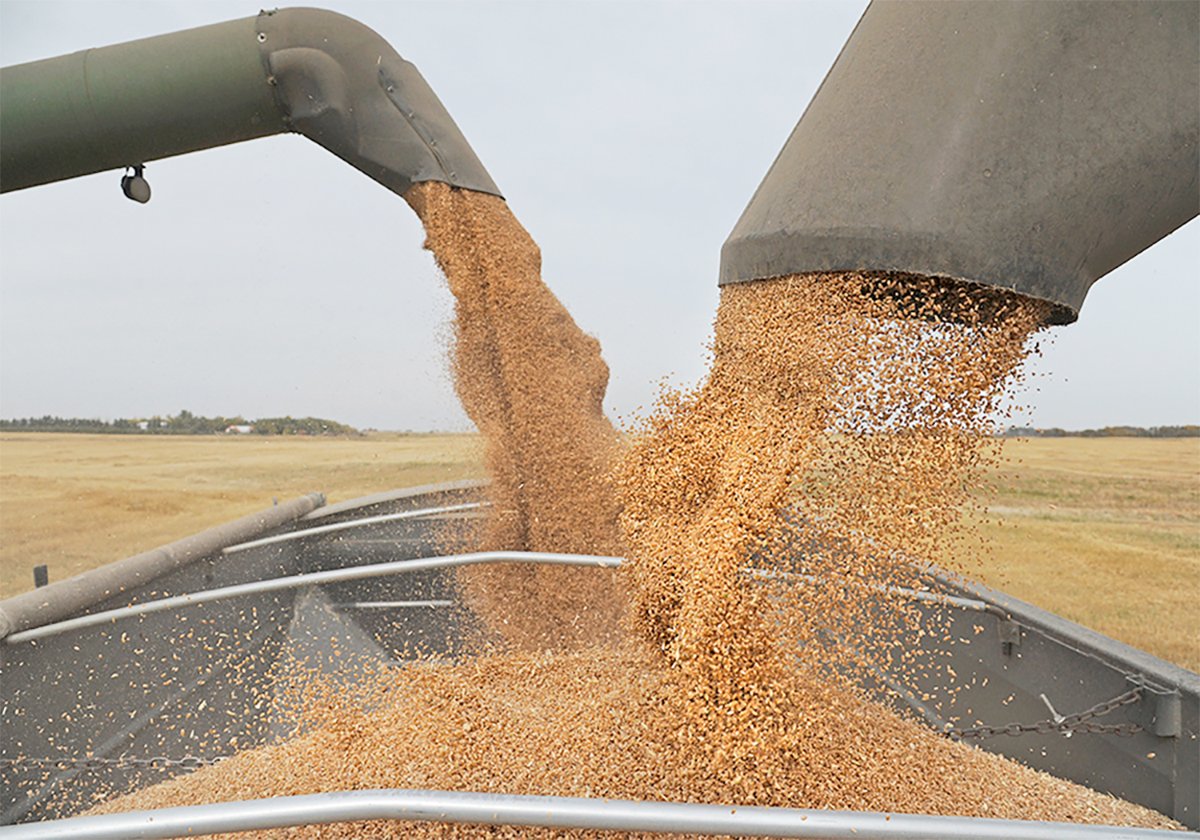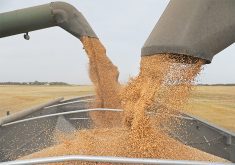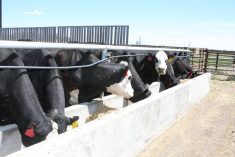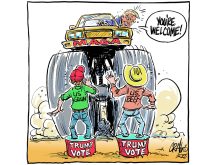FEW AGRICULTURAL matters have been debated as thoroughly and as frequently as the use, future and politics of the Canadian Wheat Board. The weekly pages of this newspaper attest to it.
However, in the interests of creating “an environment for a robust and fulsome exchange of information and points of view on key issues regarding the direction of the CWB during the election period,” the federal government has proposed removal of the $10,000 limit on third party spending for advertising.
It’s a curious plan, given that no farmer or farm group asked for its removal or suggested the existing limit might hinder adequate debate during this fall’s director elections in the even-numbered districts.
Read Also

Agriculture productivity can be increased with little or no cost
There’s a way to enhance agricultural productivity with little or no cost. It doesn’t even require a bunch of legislative changes.
Obviously governments don’t need to wait for requests or outright demands before proposing policy, but given the Conservatives’ handling of the wheat board file to date, it’s difficult to view this proposal without skepticism about motives.
Third party spending limits are common in provincial and federal elections. Their use and abuse have historically been the source of considerable controversy either during or after elections, but their purpose is to ostensibly level the playing field so those with money don’t dominate debate at the expense of those who can’t afford to spend as much.
Spending limits haven’t been an issue in past wheat board director elections. A 2005 review of the process for election of CWB directors recommended retention of the $10,000 spending limit on third parties and noted there was no consensus indicating the need for change.
In the 2004 CWB director election, no third party spending at all was recorded.
In 2006, the Real Voice for Choice group registered spending of $9,993.83, which brought it closest to the limit. The Western Barley Growers Association reported spending $7,904.65, the National Farmers Union reported $3,127 and the Western Canadian Wheat Growers reported $1,400.
Judging by those numbers, it doesn’t appear the spending limit has been a hindrance to third parties. Why remove it, then?
Promotion of thorough debate, as the federal government states, is a persuasive argument. This fall’s director election is arguably the most important ever. Board chair and single desk supporter Ken Ritter and stalwart defender Ian McCreary are not eligible to run, nor is outspoken open-market supporter Jim Chatenay.
With the board now comprising eight monopoly supporters and six favouring the open market, the coming election has major implications, specifically for how the board will respond to the government’s clearly stated intentions to eliminate the monopoly on wheat and export barley.
Clearly this isn’t the time – and there will never be a time – to limit debate.
But will removal of the spending limit raise the level of discourse and better inform the electorate? More likely it will open the door to corporate and perhaps government spending to promote a specific agenda.
There is a better case to be made for increasing the spending limit, given that it hasn’t changed since 1998. At the very least it should be adjusted for inflation.
Outright removal of the spending limit runs the risk of allowing economic clout to skew debate on a matter that farmers must decide.
Bruce Dyck, Terry Fries, Barb Glen, D’Arce McMillan and Ken Zacharias collaborate in the writing of Western Producer editorials.














